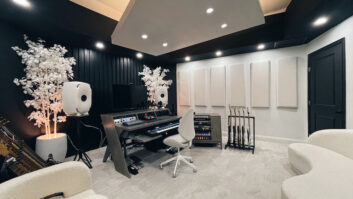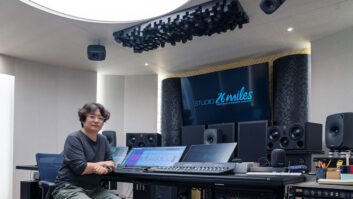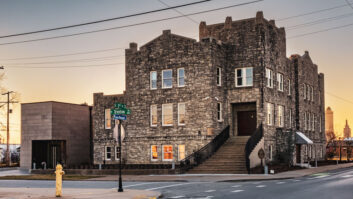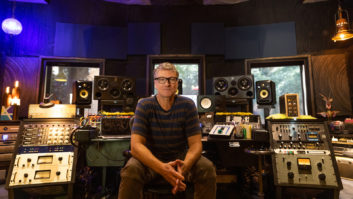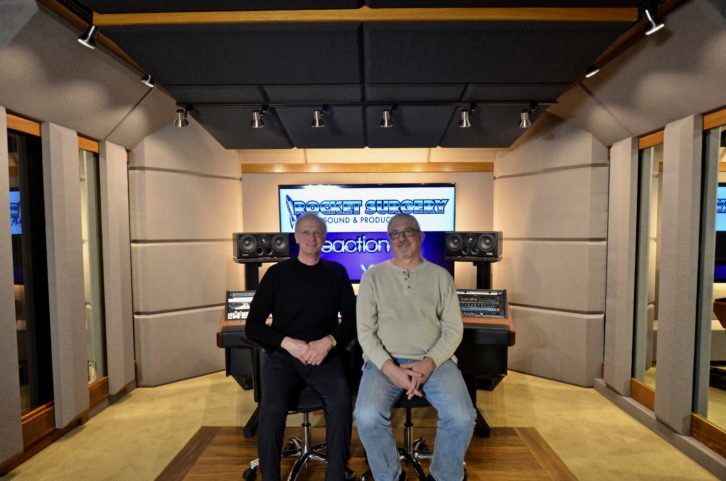
Joe Bear’s goal for 2020, which began taking shape in early 2019, a full year before the pandemic and its subsequent shelter-in-place orders, was to become a better mixer. He’d already lived a full life in audio as a musician in bands, then a decade-plus as owner of a small, regional live sound production company.
He’d worked on Portastudios back in the day, he had some Mackie monitors and a small board with I/O, and he’d always had a spot carved away at home to work on his mostly live performance tracks. But he’d always felt that he was lacking the environment to properly distinguish clarity, detail and nuance to really be a “mixer.”
Plus, he had never had the opportunity to live a life fully enmeshed in audio, as he had led another full-time life as a researcher/developer in the data storage industry out of its epicenter, Longmont, Colo. But now, he figured, with early retirement, a new house and a bit of disposable income, it was time to go all-in on music. It was time to mix.
“I’ve been working toward this for decades,” Bear says. “Despite the fact I had to do a straight job in order to raise a family, I’ve been a weekend warrior all my life. Except for the coronavirus time, I still gig every week. And I’ve been doing online gigs for the past ten years or more. But when I got to the point where I was able to retire with enough money to do something like this, it’s like, yeah, now I can be a musician again.”
In many ways, Bear is representative of a large swath of the professional audio industry—not necessarily a day gig, but a daily passion still a part of daily life. He followed his band from Michigan to Colorado, armed with an electrical engineering degree, and stayed. Got a job. Kept the fire. He’s not out to open a facility and hang out a shingle. He just wants to mix.
So in early 2019, Bear started calling a few studio designers. He was in an isolated area, so he wasn’t as concerned about floating floors and sound isolation as much as precision monitoring and a systems approach. After talking with Carl Tatz, Bear accepted an invitation to come listen to one of the designer’s Phantom Focus rooms out of Nashville.
“When I went to The Upper Deck and sat down to listen in Nashville, it’s like, ‘Oh, my, this is really, you know, jaw dropping,’” Bear recalls. “I like his philosophy on what it takes to have an accurate listening environment. Granted, there’s many ways that you can come at this from, right? But the whole concept of having time delay to the subwoofers so they hit your ear at the same time as the mains… Carl does full studios, but his focus is really on monitoring. For what I wanted to do, it all starts with the monitoring.”
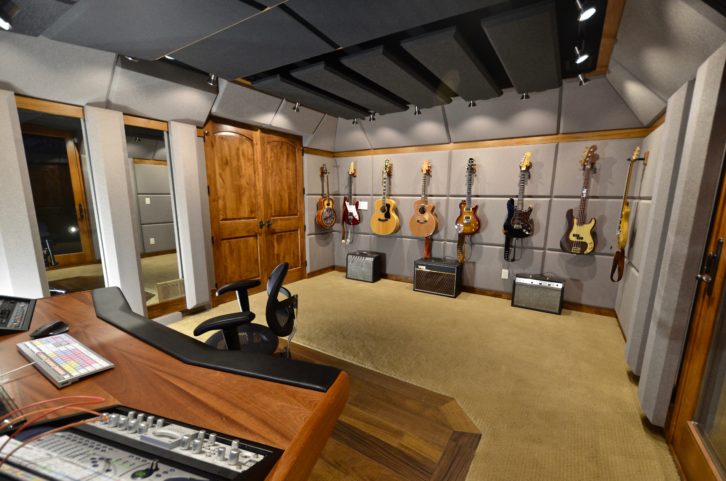
Bear’s Reaction Vessel Studio was completed in late January 2020 and includes Tatz’s Phantom Focus PFM UHD-1000 monitors bi-amped with four OA 2200 Mono Block amplifiers and two PFM ICE Cube-12 subwoofers. Bear also has an SSL SiX console as well as Tatz’s custom-designed furniture and monitor stands. Acoustical treatments include Tatz’s signature Auralex modules. He also has an Avalon 737, Grace Design monitor control and a number of high-end mics. He works in Pro Tools mostly. Lately, he’s been working on his own material and getting comfortable in the room.
“My real work material right now is multitrack recordings I’ve done for the past 20 to 30 years of my various bands’ live performances,” he says. “Typically anywhere between 16 to 24 tracks. So I’ve got this big library of old tracks that I’ve done cheap, fast ‘do-it-and-go’ mixes on before. Now I’m working through that. Bit by bit, I’m building my ear and building my chops.”
One final note from Bear: “Here’s something your readers might find fun. You pretty much can’t listen to Classic Rock radio for more than a couple hours without hearing Reaction Vessel’s Hammond. We now curate the B3, Leslie 122RV and Leslie 145 that were the house organ rig and modulation reamp rig at Jim Guercio’s Caribou Ranch studios. The Hammond was onsite when Bill Szymczyk convinced Guercio to let him use the studio before its completion to record Barnstorm in 1972, and served as the house rig right up through the time that a control room fire essentially shut down production in 1985 with Amy Grant in residence. While not categorically sonically ‘better’ than other Hammonds and Leslies, it puts a smile on my face every time I hear them on tunes by Elton John, Supertramp, Earth Wind & Fire, Rick Derringer, Chicago…”
